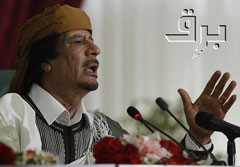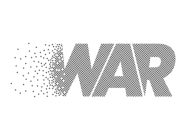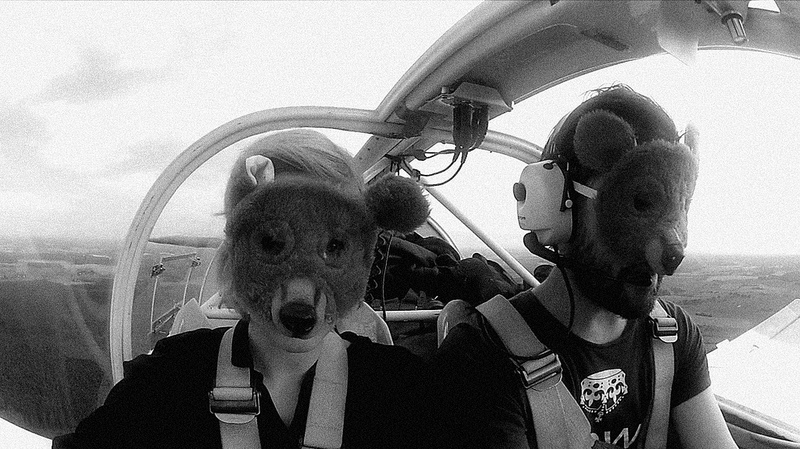 Photos of murdered Libyan leader Muammar Gaddafi instigated a Europe-wide debate on media ethics.
Photos of murdered Libyan leader Muammar Gaddafi instigated a Europe-wide debate on media ethics.
A recent Swiss study analyzes how the Swiss media dealt with photo and video material in reporting on Gaddafi’s death and to what extent they crossed boundaries of media ethics.
The mobile screenshot featuring the dead body of the former Libyan leader taken by an AFP photographer made it around the world in seconds. While a few media outlets declined to publish the photo for ethical reasons, others justified the disclosure by citing it as a “historical event” which needed to be documented.
Scientists from the Public & Society research department (Forschungsbereich Öffentlichkeit und Gesellschaft – fög) at the University of Zurich analyzed roughly 40 print, Web and television media sources in the German, French and Italian-speaking regions of Switzerland. Researches specifically examined which presentation techniques were used to exhibit Gaddafi’s death and to what extent they violated ethical rules.
The researchers examined 365 journalistic articles and rated them using a negative point system. An article was regarded as unproblematic and received no negative points if the post-mortem images of Gaddafi were not used at all or were only used once on the first day after the incident for purposes of historical documentation, but not on the front or main page of the news source. The reporting was seen as problematic when the media continued to publish photos of the dead body after the first day (one negative point), and contributions were regarded as very unethical when the photos were shown as leads (two negative points).
According to the study, online media was the least considerate of ethical principles. They received an average of 6.7 negative points per title. Television sources followed with 3.1 negative points, and print news with 1.5 negative points.
The online news portal Blick.ch (belonging to the tabloid Blick) was found to be the worst violator of ethical principles and received 19 negative points for their reporting.
Media scientists classified the repeated presentation of the pictures, prominent positioning of the photo and the frequent use of amateur videos showing Gaddafi’s deceased body as “very unethical.”
Other more prominent media titles found to have violated ethical principles were the news sites tagesanzeiger.ch, bazonline.ch and bernerzeitung.ch, which all received 12 negative points.
In contrast, a few newspapers and websites such as the Südostschweiz, suedostschweiz.ch, Neue Luzerner Zeitung, Le Temps, 20 minutes, Basler Zeitung, Neue Zürcher Zeitung and the newscast from Tele Ticino reported news of Gaddafi ’s death in what was seen as an ethically correct way. They scrapped the publication of Gaddafi’s death photo completely and instead published archival footage of Gaddafi or used other photos on the topic, for example images featuring rebels cheering on a tank.
Further information on the study “Ghaddhafi-Bilder in Schweizer Medien – Wie viel ist zu viel“ (“Gaddafi pictures in Swiss media – how much is too much?”) can be found on the website of the fög .
Tags: Ethical Standards, Graphic Imagery, Media Images, Media research, Muammar Gaddafi death, Online Media, Swiss Media, Swiss Media Study, University of Zurich













































